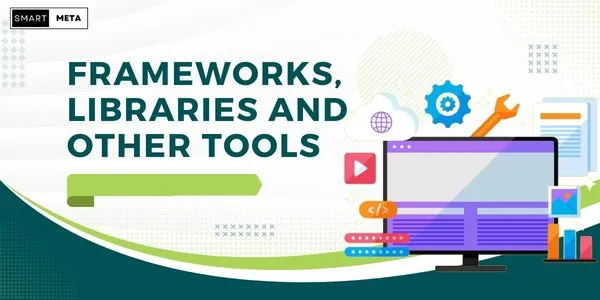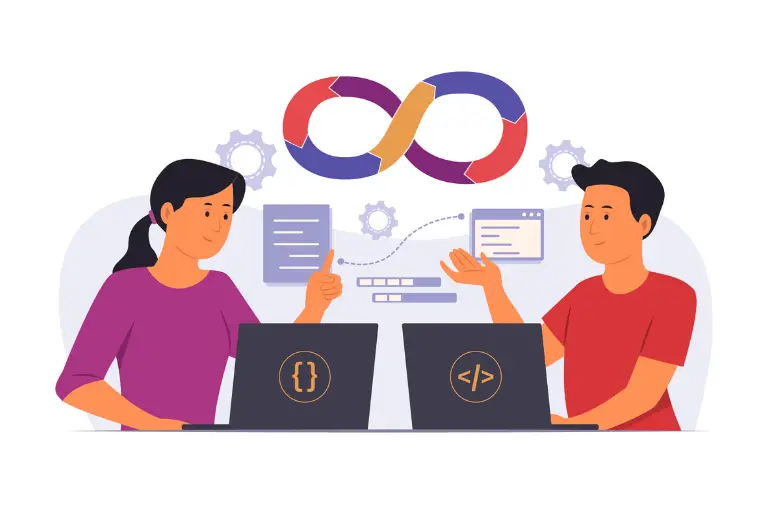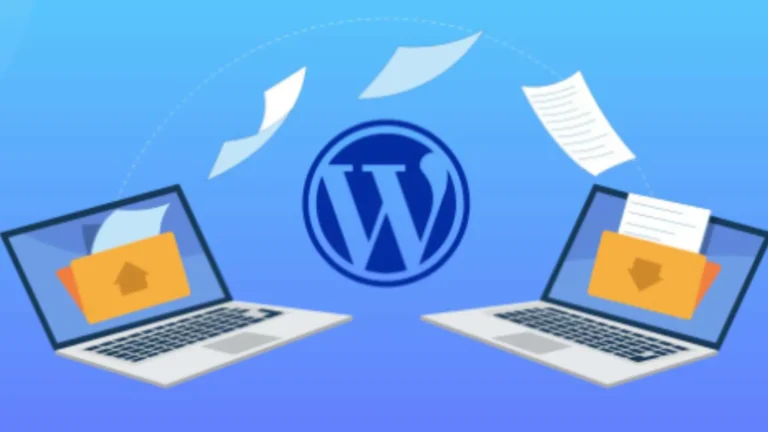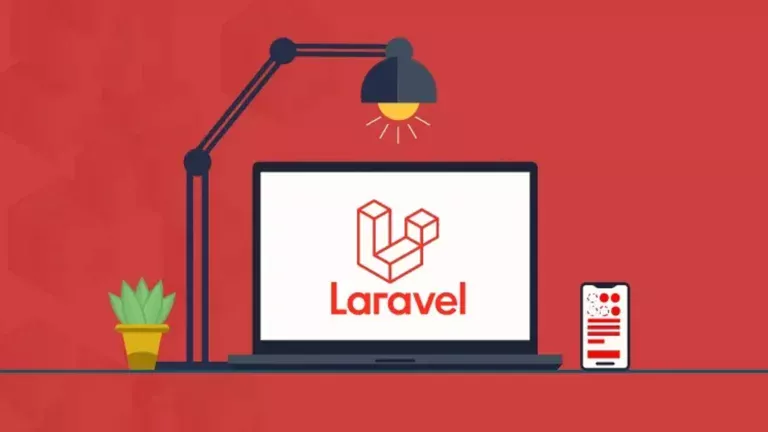The most significant advantage of Python, a programming language that is among the
most widely used in the world, has managed to consistently evolve and emerge in a variety
of computer science sectors over the years.
It has been praised for the readability and simplicity of the code it contains. However, this is
only the beginning of the benefits that Python provides. Continue reading to learn why
Python is one of the best programming languages available and how it achieved such
widespread adoption.
The Benefits of Python
Python is written at a high level, which makes it more
accessible
As previously said, Python is a high-level language that is easier to use than languages that
are called lower-level languages since these latter languages do not provide as much
abstraction from machine language as the former. To put it another way, and taking into
consideration of the fundamental principles of coding, the greater the distance between the
language itself and the machine binary code, the higher the level of abstraction.
Because high-level programming languages, such as Python, may incorporate natural
language features into their code, they are easier to utilize while designing software. More
specifically, Python features a syntax similar to English, making it simple to read, write, and
understand.
Multi-functional and multi-paradigm in nature

As previously said, Python is a general-purpose programming language, which, as the name
implies, means that it is a language that can be used for a variety of tasks and has a wide
range of applications.
Python is an excellent choice for software development since it allows developers to utilize
remarkable frameworks such as Django and Flask. Also, possible applications include web
scripting, desktop GUI development, game development, network security operations, and data science – the latter of which has seen Python ascend to the top of the leaderboard as the sign language in recent years. Furthermore, Python is regarded as a multi-paradigm programming language, as it can be used for object-oriented, functional, and structured programming. It is also one of the reasons why Python is so popular because of its flexibility to handle a variety of programming paradigms.
Frameworks, libraries, and other tools

One of Python’s most significant – if not the most important – advantages is the extensive
variety of libraries, frameworks, and tools available.
Libraries
Python’s libraries make the lives of developers and data scientists much more accessible
wide by giving portions of pre-written code that can be reused and integrated into projects or
programs at any point in time. A large number of built-in modules are available for use as
standardized solutions to common programming problems.
Python also stands out in Data Science because of the numerous libraries available to
handle mathematical and scientific functions, such as TensorFlow, PyTorch, NumPy,
Pandas, and other similar tools.
Frameworks and Tools are two types of frameworks.
Python programmers can take advantage of a wide variety of frameworks and tools available
to them. When it comes to full-stack web frameworks, Python has several options, including
TurboGears, Dash, Web2Py, and, of course, Django, which is the most well-known.
Furthermore, Python provides a plethora of choices for microframeworks, including Flask,
Pyramid, Bottle, Falcon, FastAPI, and many others. Unlike full-stack frameworks, which
typically include a database management system, an HTTP application server, an AJAX
toolkit with user interface elements, a request dispatcher for server-side development, and a
templating engine, microframeworks are focused on a specific aspect of the application.
The ability to move around

Python was also created to be portable, which is another feature. It is compatible with all
operating systems, and developers only need to write code once; after that, it will be ready to
operate on any platform they want to implement. This does not occur in many languages, which is understandable because the developer may be required to modify the code to accommodate different platforms. Furthermore, Python includes the TcI GUI toolkit, which enables developers to create portable graphical user interfaces. Additionally, it has advanced integration support with other programming languages. It is sometimes used as a “glue” between components written in different programming languages for some applications, such as games.
A Responsive and Influential Community

Additionally, Python is free and open-source contributing to the robust community that it has
built up around it. Python programmers are free to obtain the source code, tweak it, and
redistribute it in any way they see fit. Many (thousands) of Python contributors have
contributed custom-built software packages to Python’s online repository, enhancing
Python’s toolbox’s ability to be more powerful, practical, innovative, and capable of handling
any project.
Furthermore, the Python community has experienced a remarkable expansion in recent
years. In addition, it is well known for being extremely open, inviting everyone from novices
to seasoned developers and data scientists and academics, and students, among other
groups. It has grown to be such a vast community that one may discover frequent updates,
recommendations, and solutions to virtually any problem in a short period.
Conclusion

After taking a careful look at the advantages of Python, we can without a doubt conclude
that this programming language is one of the best available. It is straightforward, has a
vibrant community, and, thanks to many libraries, frameworks, and tools public, it is capable
of virtually anything. However, it is not without flaws, and it has its own set of problems, just
like any other language does.




